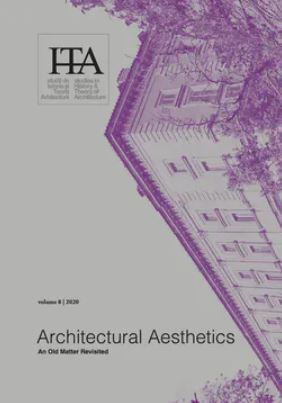The Aesthetic Resistance of Iranian Architects and Artists During the Late Pahlavi Era
The Aesthetic Resistance of Iranian Architects and Artists During the Late Pahlavi Era
Author(s): Niloofar AminiSubject(s): Museology & Heritage Studies, Architecture, Recent History (1900 till today), History of Art
Published by: Universitatea de Arhitectură şi Urbanism »Ion Mincu«
Keywords: Queen Farah Pahlavi; The Labor Division; The Tehran Contemporary Art Museum; The Saqqakhaneh Art School; Iranian Modernisms;
Summary/Abstract: The military invasion in Iran during World War II (1939-1945) coincided with the abdication of the founder of the Pahlavi dynasty – Reza Shah (1925-1941) – and the succession of his son Mohammad Reza Pahlavi (1941-1979) with the help of the British government. From 1941 to 1946 the presence of foreign troops caused Iran to be politically unstable. Various political parties conflicted with each other, and in the resulting chaos the British government lost control over the region in 1947. The postcolonial states, that were then shaped in the Middle East, all somehow wanted to modernize. The Pahlavi regime presented this modernization (Tajaddod) as a renewal. This has a different meaning than the Western understanding of modernization, linked to progress and a break with the past, that also refers to philosophical and political ideals. The regime’s desire for Tajaddod originated in seeing Iran’s lagging behind the Western countries; thus Tajaddod was intended to incorporate modern values and beliefs in the national culture. The regime therefore encouraged the society to moderate reforms, while at the same time wanting to maintain a political status quo, and orienting the social, economic and architectural policies towards that goal. The intention was to change the image of Iranian cities, particularly the capital Tehran, through “creative interventions.” However, the fact that modernization was considered primarily a process of image-building, and could be realized also through cultural reforms, led to a Labor Division between the Shah and the Queen Farah. Much appreciated by the public, Queen Farah, who was seen as a non-threatening figure, was assigned to guide the sphere of culture and the arts. She also represented the image of the modest Iranian women, and her public appearance “became a symbol of the modernity of the monarch and his progressive benevolence towards women.” The Queens public presence enabled Muhammad Reza Shah to maintain his rigid autocratic political regime, and suppress the opposition of the middle class, by embarking upon “a cultural transformation of society.”
Journal: sITA – studii de Istoria şi Teoria Arhitecturii
- Issue Year: 2020
- Issue No: 8
- Page Range: 197-212
- Page Count: 16
- Language: English

